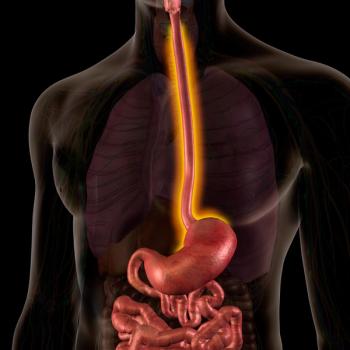
State of the Industry: Health Status
Young invincibles who are used to their parents' plans will no doubt want to continue coverage
The newly insured will arrive in the market with unknown histories and uncertain futures. Plans must predict their health status and health needs to determine their relative risk.
“Like anything, it is never simple,” says Don Hall, principal of consulting firm DeltaSigma LLC, and an MHE editorial advisor. He sees three populations of uninsured:
- Unemployed childless adults, many of whom are homeless, and who qualify for Medicaid. “They will have a high likelihood of needing care, but predominantly in behavioral health,” Hall says.
- The working poor who will qualify for Medicaid because income-qualifications levels are rising. Because they can work, they should be relatively healthy.
- The exchange population, and that group will be a mixed bag from people in the high-risk pool to young, healthy adults.
“Many of those will be young, healthy adults. We will find pockets within these populations that will have a high need, but there won’t be a lot of need in general,” says Hall.
He doesn’t believe the country will see the pent up demand that some have predicted.
“States that have seen expansions have not seen that happen,” he says. “People without a lot of money have been accessing care through federal and rural health centers. Getting insurance only means that they will be using more private providers instead of federally funded health centers.”
Utilization could run steady, except in one subpopulation of covered Americans in the Medicaid expansion-the childless adults who are not working and need treatment for behavioral health conditions. And that is a group for which no one is prepared because of the “drastic shortage of behavioral health resources in this country,” he says.
What will be crucial to the success of the exchanges is attracting the young invincibles who have above average health status as a population. In contrast, there won’t be a lot of marketing directed toward those with chronic conditions or older people, who might be expected to seek out insurance regardless of marketing messages.
“I think it was a brilliant stroke by the Obama administration to cover everyone up to 26 years old on their parents’ health plans,” says Hall. “They have been getting health insurance as adults where before they might have been uninsured, so that when they age out of the plan, the expectation is that they need health insurance. It created the demand that will feed the exchanges going forward.”
Newsletter
Get the latest industry news, event updates, and more from Managed healthcare Executive.
















































